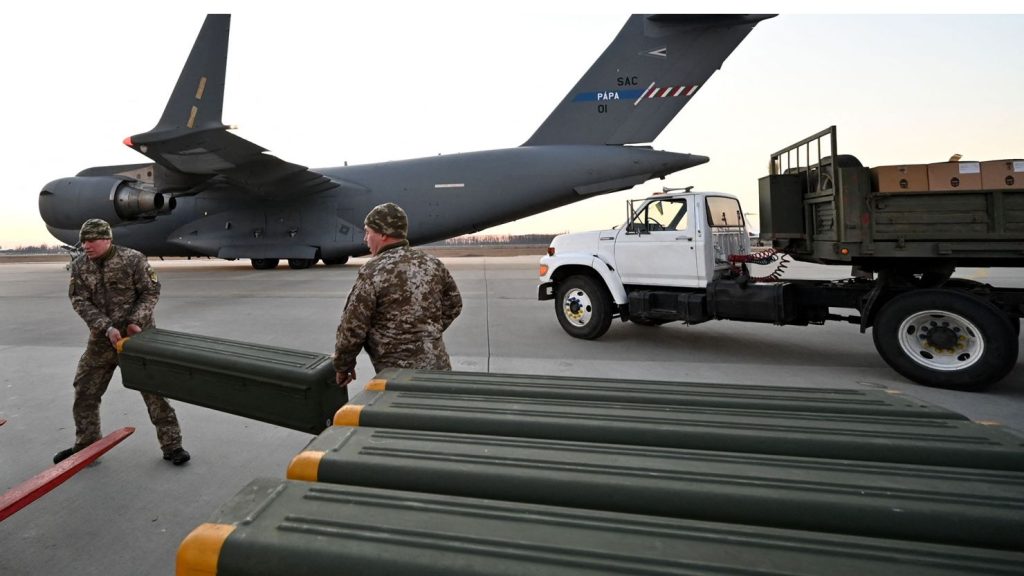News
Ethiopia mudslide death toll rises to 257

A series of catastrophic mudslide in southern Ethiopia has resulted in a significant loss of life, with the death toll rising to 257 as of Wednesday, July 24.
The disasters occurred in the Gofa Zone, Kencho Shacha Gozdi district, following heavy rainfall on July 21 and 22.
Local authorities and humanitarian organizations are working tirelessly to respond to the crisis, with the Ethiopian Red Cross Society providing life-saving supplies and the Regional Health Bureau deploying medical personnel and equipment.
The government is finalizing an evacuation plan to relocate over 15,000 affected individuals, including 1,320 children under 5 and 5,293 pregnant and breastfeeding women.
Search and rescue operations are ongoing, with fears that the death toll could rise to up to 500 people, according to the UN Office for the Coordination of Humanitarian Affairs (OCHA).
The situation remains dire, with many families displaced and in need of urgent assistance.
The international community is urged to provide support and resources to aid in the emergency response and relief efforts.
Diaspora Digital Media had earlier reported how the mudslide claimed lives in the past days.
What is a mudslide?
A mudslide, also known as a mudflow or mud avalanche, is a natural disaster that occurs when a mixture of water and soil or rock moves rapidly down a slope, often causing damage and destruction in its path. Mudslides can be triggered by a variety of factors, including:
1. Heavy rainfall or flooding
2. Earthquakes
3. Volcanic eruptions
4. Wildfires
5. Human activities such as deforestation, construction, or mining
Mudslides can vary in size and speed, but they often exhibit the following characteristics:
1. High viscosity: Mudslides are thick and flow like a liquid, but have a high viscosity, making them more destructive than water alone.
2. Fast-moving: Mudslides can move rapidly, often catching people off guard.
3. Unpredictable: Mudslides can occur without warning, making it difficult to predict their path or impact.
4. Destructive: Mudslides can cause significant damage to buildings, infrastructure, and the environment.
Types of mudslides include:
1. Debris flow: A mixture of water and sediment that flows down a slope.
2. Mudflow: A mixture of water and fine-grained sediment that flows down a slope.
3. Lahar: A mudflow that occurs in volcanic regions, often triggered by heavy rainfall or volcanic ash.
Mudslides can have devastating consequences, including loss of life, property damage, and environmental degradation. It’s essential to be aware of the risks and take preventive measures in areas prone to mudslides.
For Diaspora Digital Media Updates click on Whatsapp, or Telegram. For eyewitness accounts/ reports/ articles, write to: citizenreports@diasporadigitalmedia.com. Follow us on X (Fomerly Twitter) or Facebook











